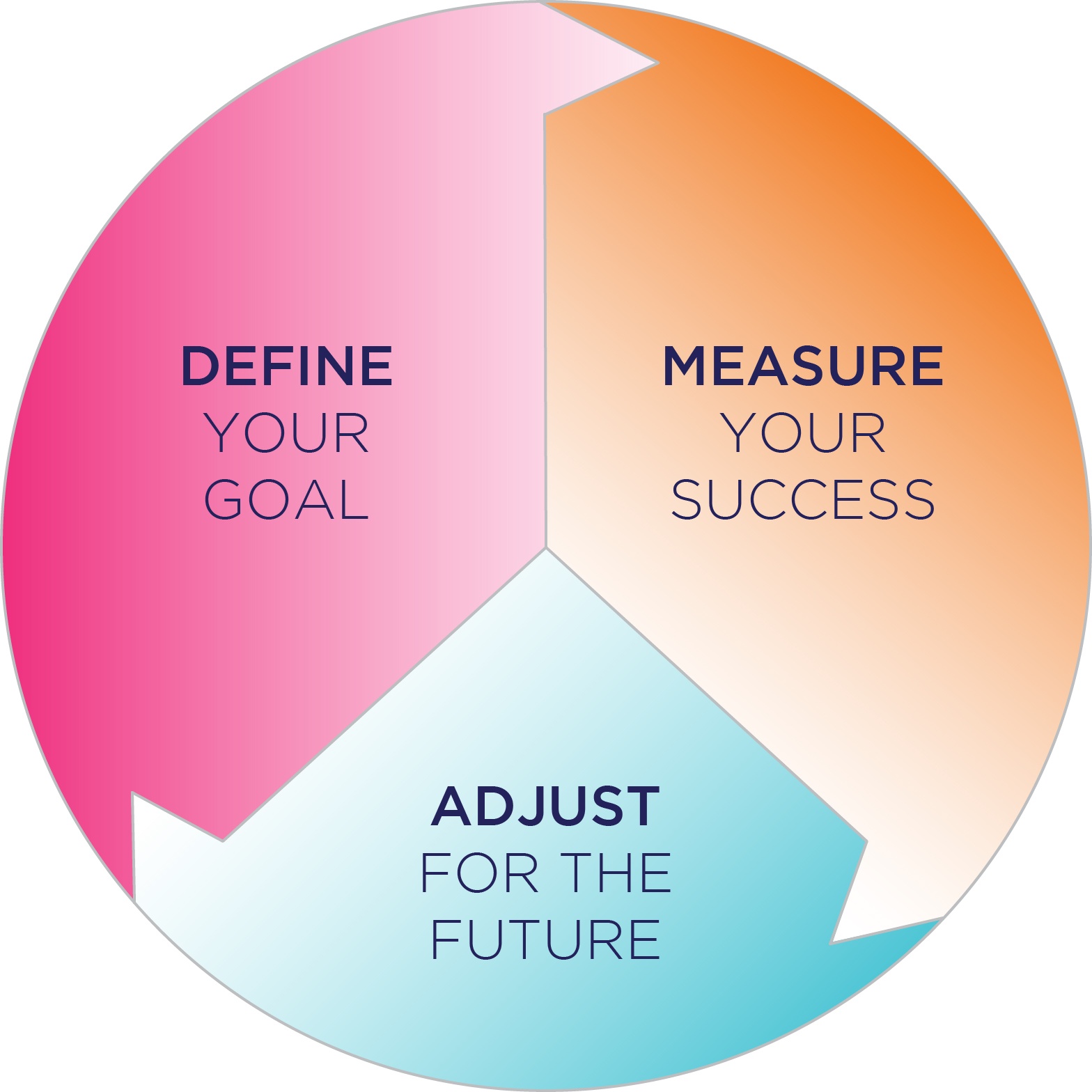How to effectively utilize attendee data
When attendees register for and attend an event, there are a multitude of touch points that occur that can provide a plethora of insights at your fingertips. Surveys, registration data, mobile app analytics, session scanning, live polling, lead retrieval, social media, and more.
Depending on the type of meeting or event you’re executing, the list of information you collect on your attendee can grow quite large, which sounds great in theory, but, how do you look at that data and use it to further your event goals?
Define Measurable Event Goals
A key aspect when tackling how to use your data is to ensure you have a thorough understanding of the business objectives as it relates to the event.
Let’s break this down with a simple example. You’re producing a tradeshow and the end goal is to increase sales. While it sounds straight forward, how do you measure success? One might say to just look at sales figures and see if they increase pre to post event. While we might see an increase in sales, how do we know if the event caused that increase? What other factors need to be considered that could have impacted sales?
When identifying your goal and which data points to consider, dig deep and really think through how it applies and impacts your event. Instead of a simple increase in sales, your goal might be a combination of factors. Consider, “my objective for this event is to increase sales by turning prospects into customers, expanding the number of products or offerings to my existing customers, and ensuring the correct decision makers and influencers are attending my event”. This way, you have several factors that are being measured that in turn impact the bigger goal.
Every event is unique and that means their goals and business objectives will go beyond a one-size-fits-all approach. Most times you will need to define objectives and goals specifically per event and reevaluate those objectives for repeat programs. However, you can effectively apply these principles to any type of event from an incentive or sales meeting to a B2B or B2C event to successfully achieve your goals.
Measure Your Success
Once you have defined your event goals, the fun can begin! This is where you begin building your event story using gathered data. In this scenario we will focus on a few key data points. Keep in mind the more points that apply to your objective, the clearer your picture will become; just be cautious not to overload yourself with too many detailed breakdowns. Doing so could distract from the key points you need to evaluate when ensuring your goals are being met.
Integrations and Identifiers
For our first point we will need to consider how we will be connecting the dots. Integrations are a great tool to help stitch together data so the attendee is connected. If that’s not an option, we need to try to ensure we have a unique identifier in the various tools we are using. For instance, we could use a customer’s account number to collect data points from their online registration, session and exhibitor scanning/lead retrieval, and our sales tracking tool. We’d also want to ensure that in those three tools, the account number is the constant that ties them all together.
Impact on Influencers
For the secondary point we can focus on just one piece of our objective – increasing sales by ensuring the correct decision makers and influencers are attending my event. During online registration we will discover two key pieces of information: what product line of my business this company purchases from and what that person’s role is within the company. We can then track what sessions and exhibitors they interact with during the event and then monitor if that company bought more from us over the next 90 days post event.
Now that we have a large number of statistics, we can use them to measure our event’s success with just those few pieces of data. Especially when I roll up all the attendees of my event to produce my metrics. Here are a couple of metrics we can look at:
- Sales post event vs. product line they are buying from
- Sales post event vs. role in company
- Sales post event vs both product and Role in company
Adjust for the Future
Looking just at the above, we can see if we are targeting the attendees in the right role for the event. The data can tell us important information like; our Widget division gets the most sales when Procurement attends, and our Gadget division gets the most sales when CFOs attends. We can take this further, looking at which booths are visited and which sessions are attended by the CFOs to ensure we leverage them in marketing the event to them in the future.
After defining, measuring, and adjusting the data, we have metrics to evaluate the program’s success and also determined the elusive “Return on Event” details. You can now present this information to your C-Suite and discuss evolving the event to further business goals, how to modify if we aren’t meeting objectives, or gain clearer insight on targeting attendees for the next event.
Events are impactful, and now you can make bold decisions with confidence, increasing your events value to your attendees and your company.
Originally published Dec 12, 2023 11:58:53 AM
Last updated on Dec 12, 2023 4:58:54 PM

